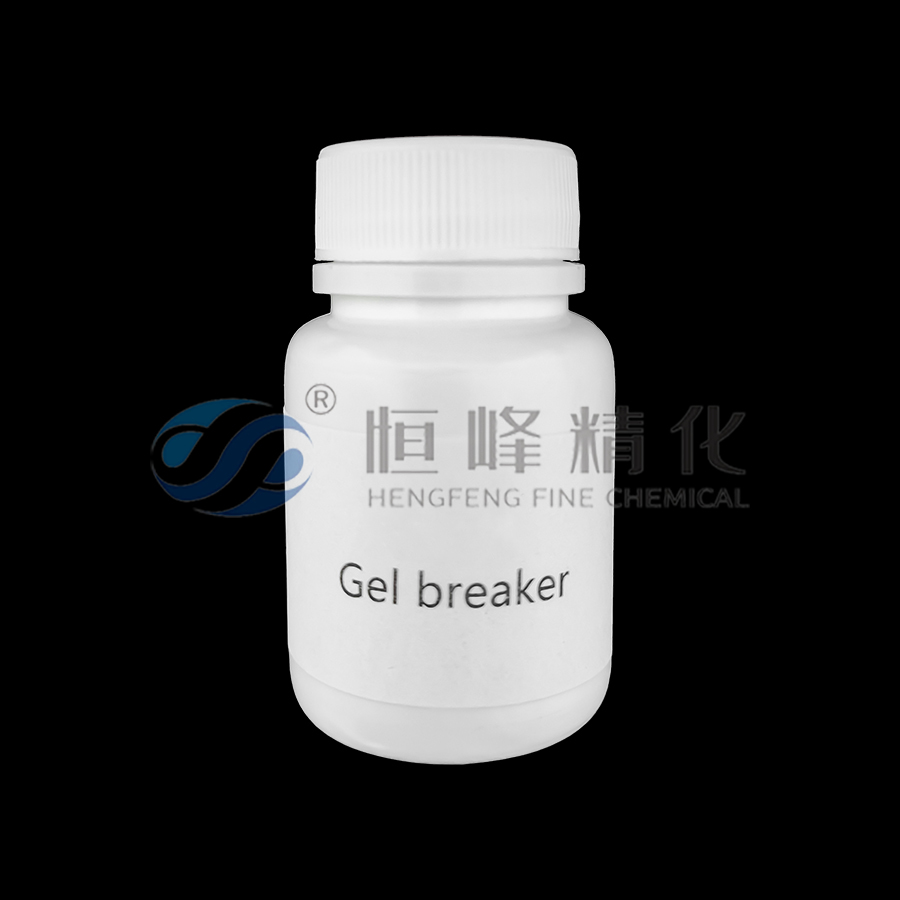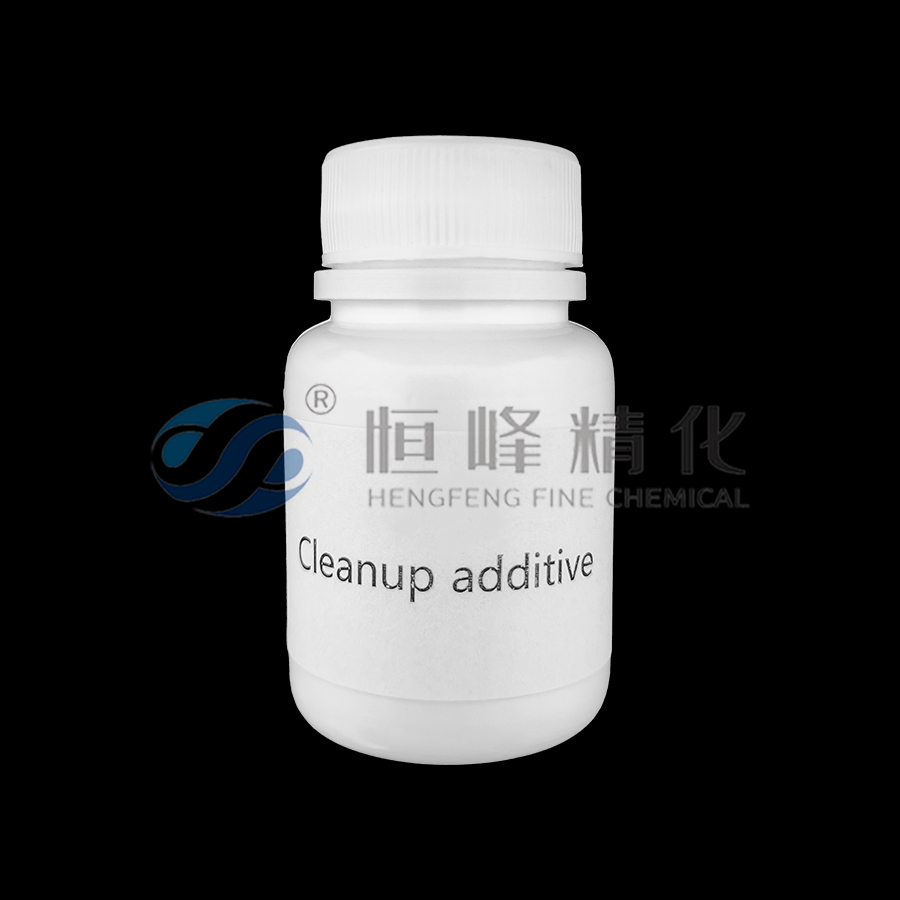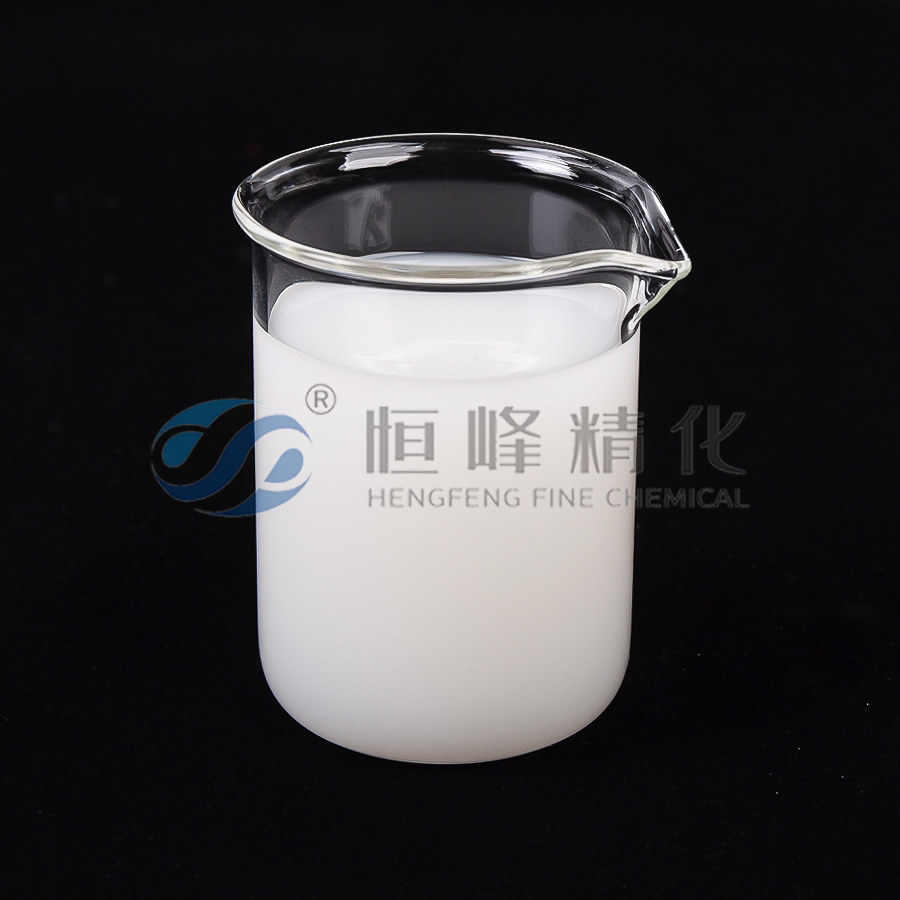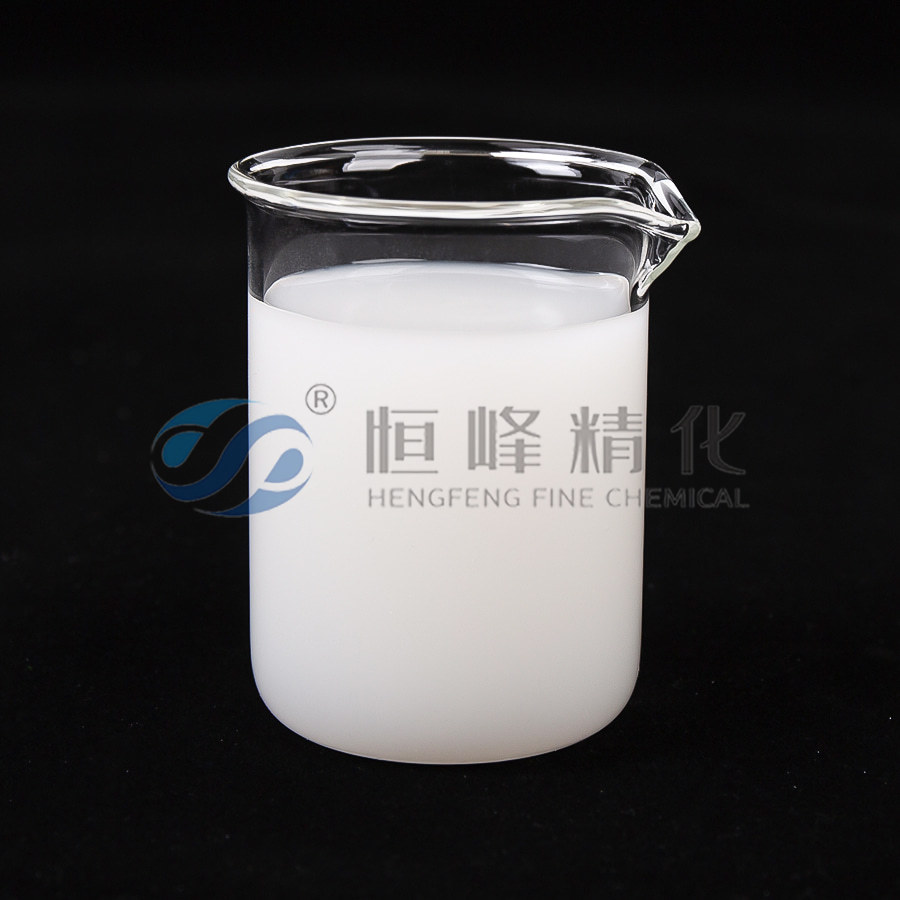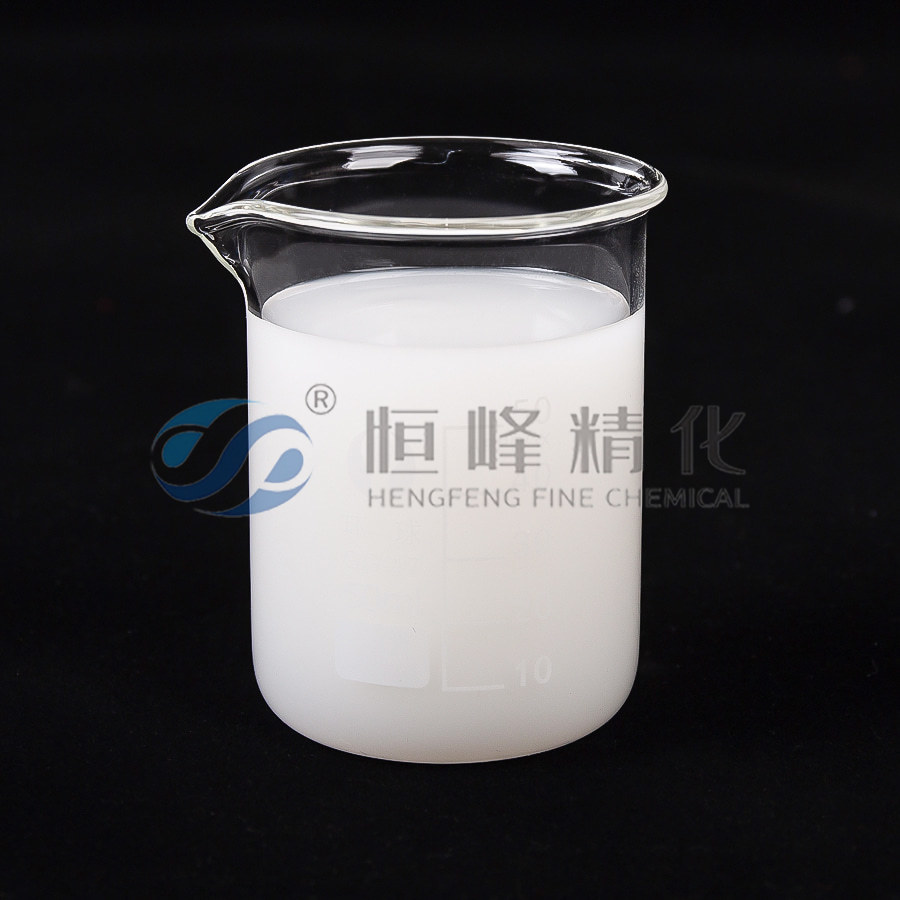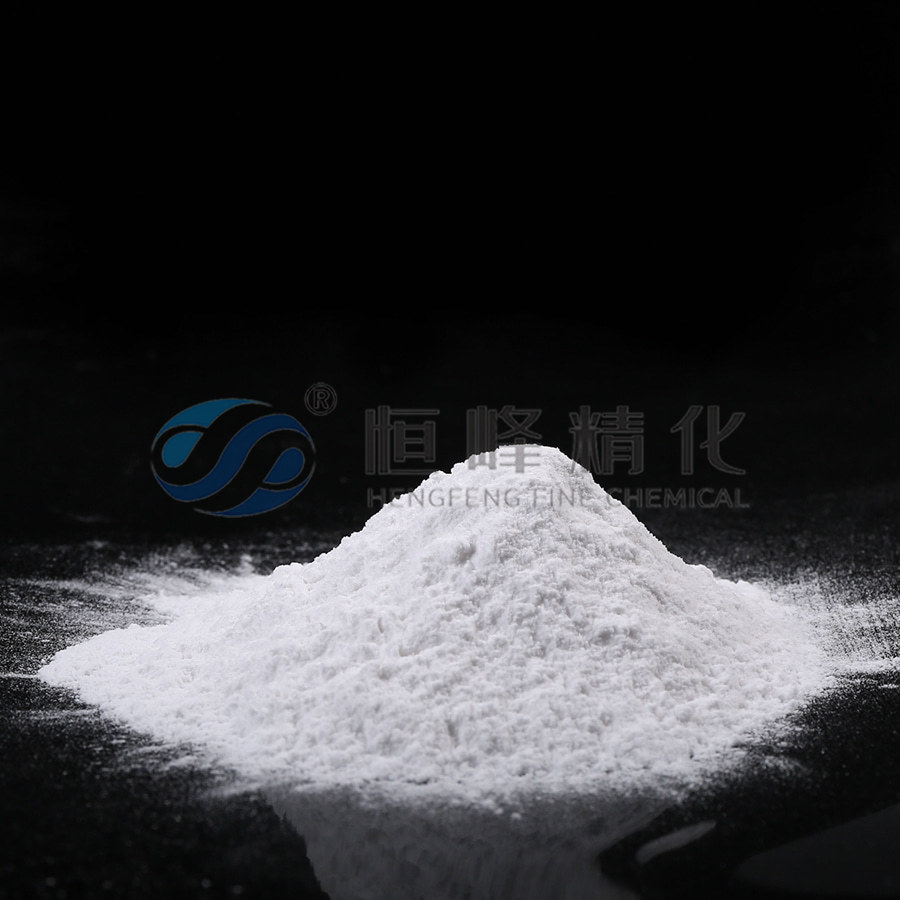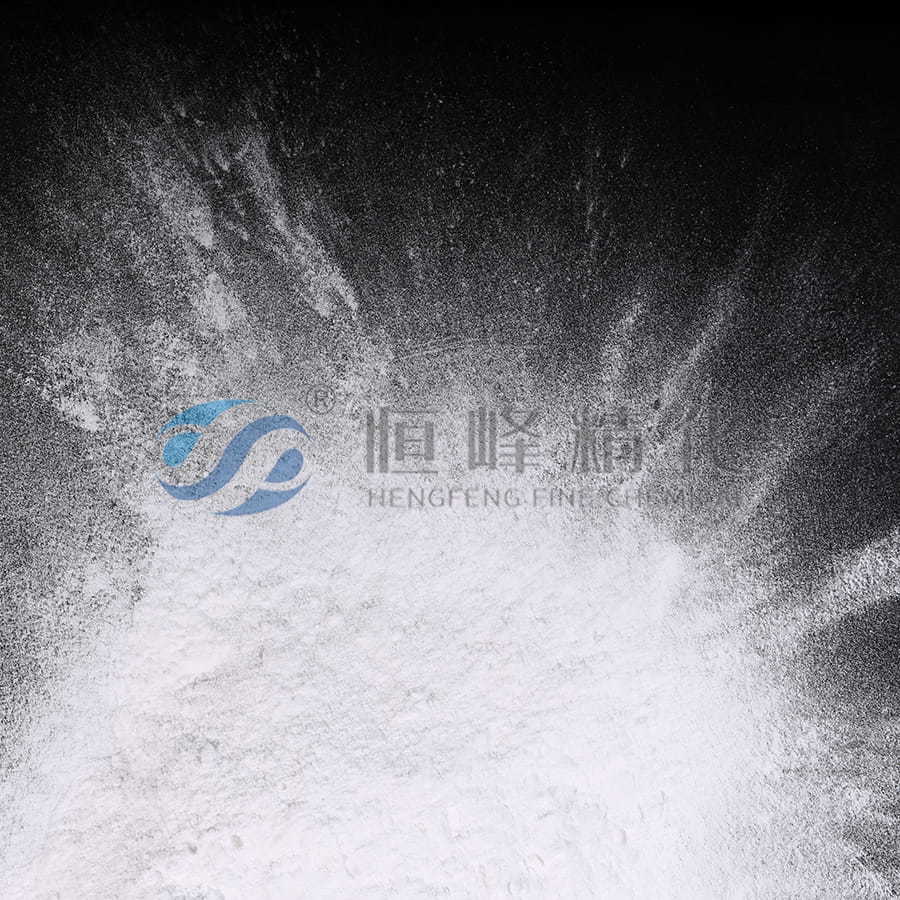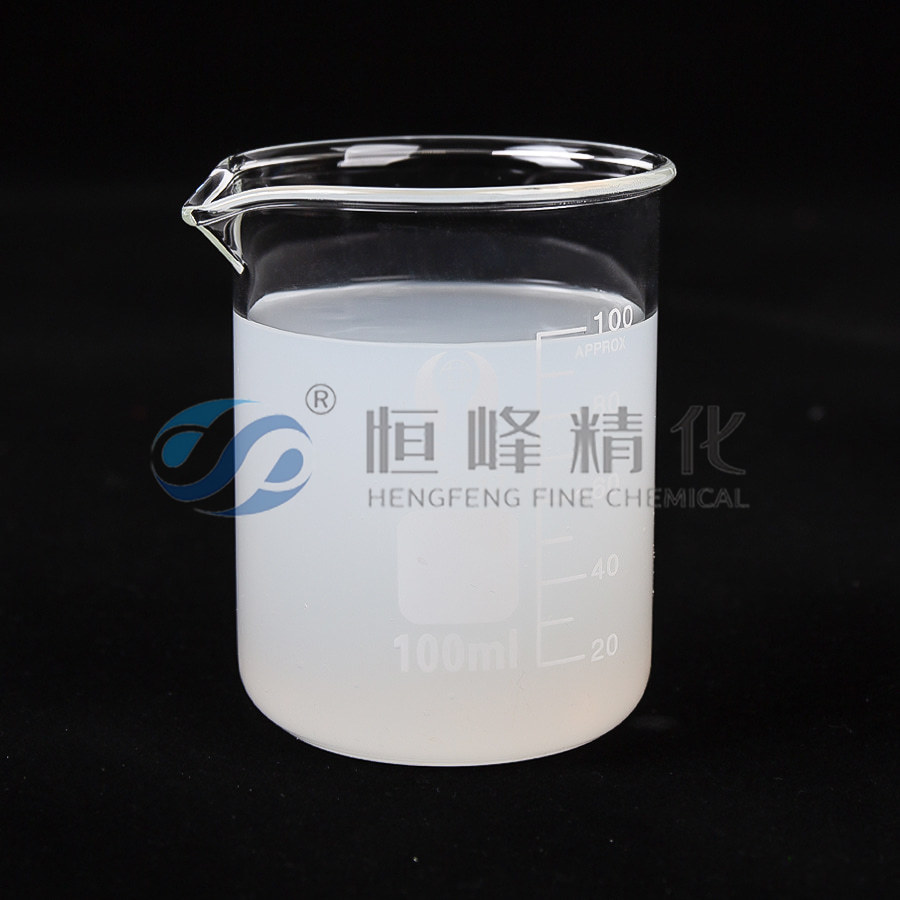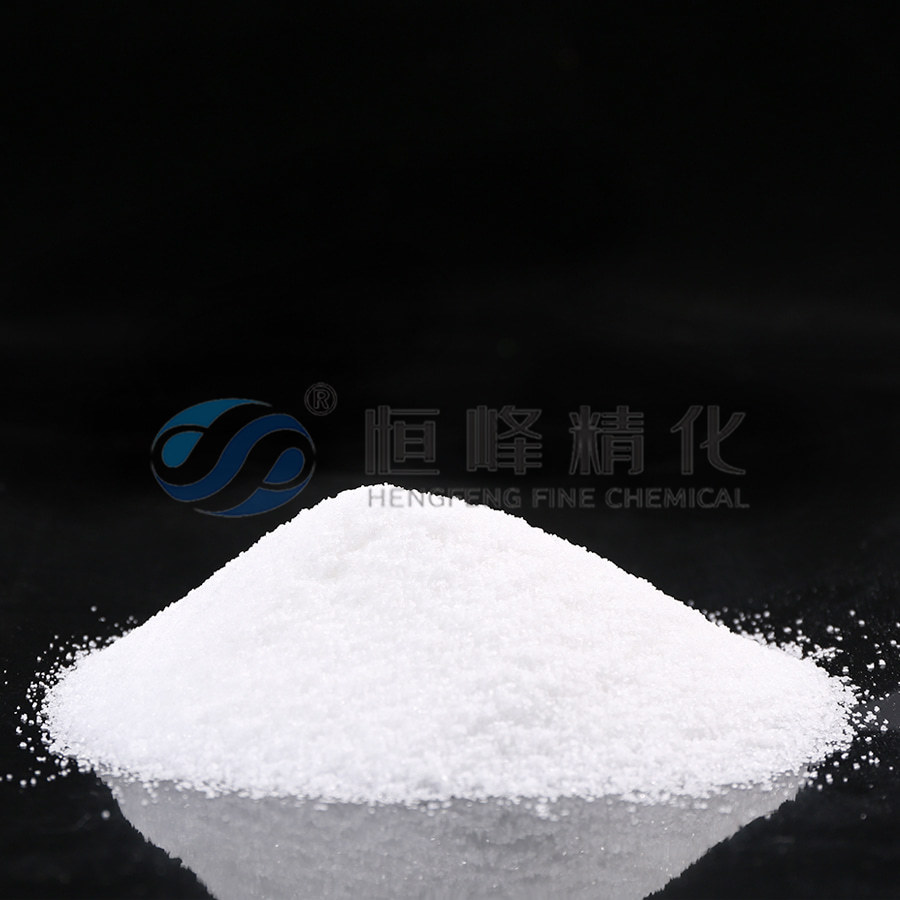How does a clay stabilizer chemically interact with clay particles to prevent swelling?
A clay stabilizer plays an essential role in mitigating the challenges posed by water-sensitive clays in hydrocarbon reservoirs. When these clays come into contact with water-based working fluids—commonly used during drilling, fracturing, or other reservoir stimulation techniques—they tend to swell. This swelling occurs because certain clay minerals, such as smectite or montmorillonite, are prone to absorb water molecules, causing their layers to expand. As the clay particles enlarge, they block the pore spaces within the reservoir, reducing permeability and obstructing the flow of hydrocarbons. This presents a significant risk to production efficiency and can damage the reservoir's integrity.
The primary function of a clay stabilizer is to prevent this swelling by chemically interacting with the clay particles, ensuring that they remain stable even in the presence of water. Clay stabilizers achieve this by adsorbing onto the surface of the clay particles and neutralizing their ability to absorb water. Typically, clay particles carry a negative charge on their surfaces, which attracts water molecules or certain cations in the working fluids, leading to the swelling. The clay stabilizer introduces a positively charged or neutralizing component—often in the form of quaternary ammonium compounds or polymers—that binds with the clay surface. This adsorption effectively neutralizes the negative charge and forms a protective layer around the clay particles, preventing water molecules from penetrating the clay structure. In this way, the clay stabilizer immobilizes the clay and halts swelling, keeping the pore spaces in the reservoir open and maintaining hydrocarbon flow.

Moreover, modern clay stabilizers are designed for optimal performance in the harsh chemical environments typically found in oil and gas reservoirs. They exhibit resistance to brine, alkaline solutions, and even oil, ensuring that their efficacy is maintained under a wide range of operational conditions. The stabilizers remain effective across various working fluids, such as activated water, perforation fluids, fracturing fluids, and drilling muds, providing versatility in different stages of well operations. A key advantage of clay stabilizers is that they require low dosages to be effective, which enhances their commercial viability. Their long-lasting effects further reduce the frequency of treatments, making them an economical solution for mitigating clay-related issues in reservoirs.
Commercially, the widespread use of clay stabilizers reflects their essential role in maximizing reservoir performance. By preventing clay swelling, operators can avoid significant financial losses that would otherwise result from decreased permeability and reduced hydrocarbon recovery. Clay stabilizers also support efficient operations in fields with complex geology, where water-sensitive formations are prevalent. The cost of using these chemicals is far outweighed by the potential production loss from reservoir damage, making them a vital tool in the oil and gas sector. Beyond oil and gas, clay stabilizers also find use in soil stabilization in construction and other industries, where the prevention of clay expansion is crucial.
Historically, clay stabilizers have evolved alongside advancements in drilling and reservoir management technologies. Initially, simpler chemicals were used to address clay swelling, but modern formulations have significantly enhanced their stability, effectiveness, and adaptability to various conditions. Their development has been pivotal in expanding oil and gas exploration into regions with high concentrations of water-sensitive clays, enabling access to previously challenging reservoirs. Over time, the chemistry behind clay stabilizers has become more sophisticated, allowing for more efficient adsorption and longer-lasting effects. This evolution mirrors the broader trend in the oil industry toward optimizing chemical treatments to maximize recovery while minimizing environmental impacts.


 English
English Español
Español عربى
عربى Русский
Русский Tiếng Việt
Tiếng Việt




